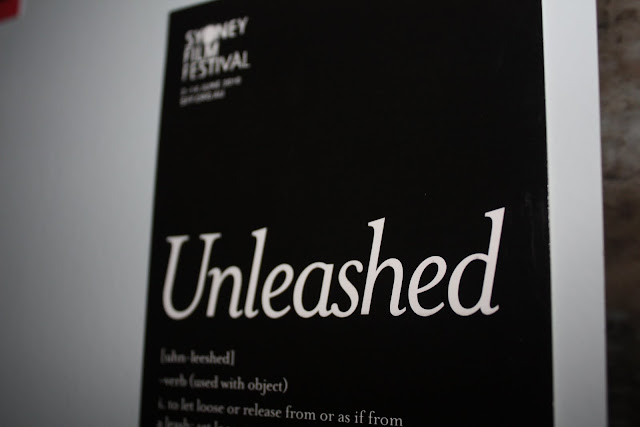I just had my very first film festival experience and I must say I was very impressed with the film festival crowd. Everyone was dead quiet when they needed to be. Everyone laughed at the right time and the lady sitting next to me was even taking notes during the film, so I was comfortable enough to use my Moleskine to take down notes myself without the fear of looking like a stuck up wanna-be film critic. It was a whole page of chicken scratches but I was still able to decipher it afterwards (I'm getting really good at note-taking in the dark - so yay for me).
But let's talk about the movies.
Last Address
The documentary had no actual “plot” to speak of or any kind of complex film structure, and it contained no dialogue. Just simple exterior shots of a number of houses and apartments in New York that had been inhabited by people who have passed away due to an AIDS related disease. It's a tribute to remember the victims of an incredibly sad epidemic that took the lives of so many people. The interesting thing was there were no photographs of the people, just their names and the address and of course, the shots of the houses and the neighbourhoods surrounding them. It was very quiet save the noise of an occasional car passing by or the flapping wings of a pigeon flying overhead.
Using the images of their homes was very touching and made a more significant impact because those places that they lived in ultimately became a second memorial for them. When homes are vacated, our physical presence leaves yet somehow a fragment of our spirit lingers. It reminded me of what Alain de Botton wrote in his book Architecture to Happiness: "It is in dialogue with pain that many beautiful things acquire their value. Acquaintance with grief turns out to be one of the more unusual prerequisites of architectural appreciation”
Beautiful Darling
This is another documentary based on the life of one of Warhol’s Superstars – the aptly named Candy Darling, a transgender whose single goal in life was to become a famous Hollywood superstar. She died at the age of just twenty-nine and she wasn’t able to do everything she set out to do. But she did enough. She was an inspiration for many.
On the surface, she is superficial, self-obsessed and narcissistic but she grew up being constantly rejected by people around her, no one really understood her but she would never have survived if she wasn’t any of those three things.
There was an interview in the film with someone commenting that Warhol always liked people who had shame, he was attracted to them. Candy Darling felt like she had shame but it was always quickly hidden. She hid it behind a veil made up of her outlandish personality. It made it more painful to watch the clips of her talking about her life, you could see she was hurt and that there were other things going on inside but she really had no other way to express that.
The most touching moment in the film was in the end, when one of her close friends, Jeremiah Newton, was fussing over her funeral arrangements and wanting her to be safe. It wasn’t very subtly placed in the film, it was preceded with a clip of Candy talking about how there was never anyone special in her life, and how she didn’t have a man to take care of her. But for some reason, it worked and it was hard not to shed a tear.







No comments:
Post a Comment